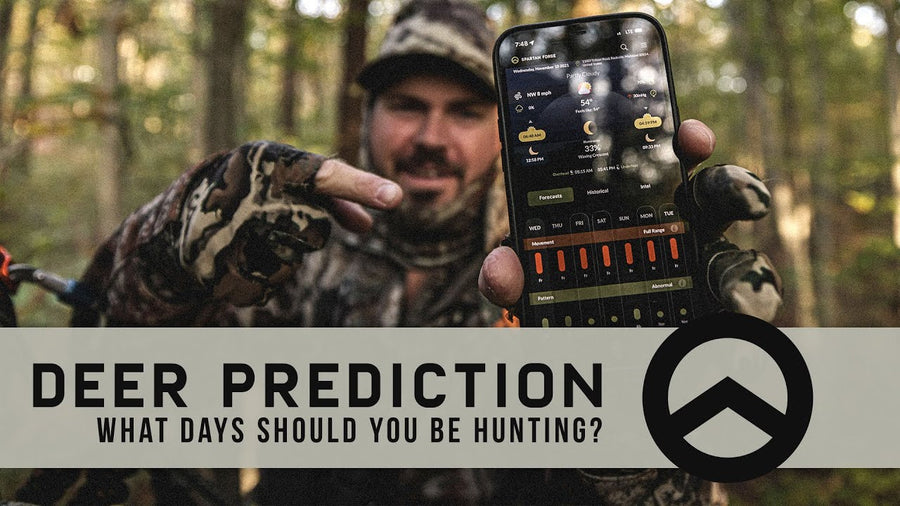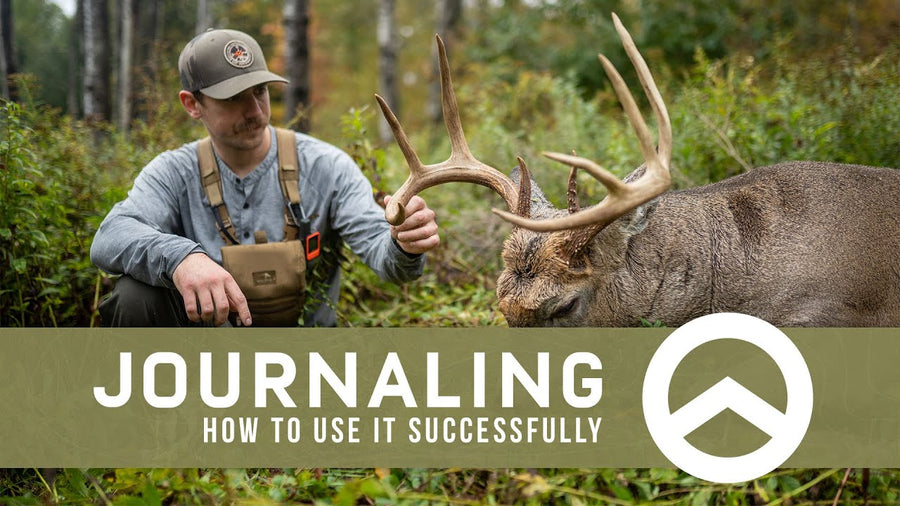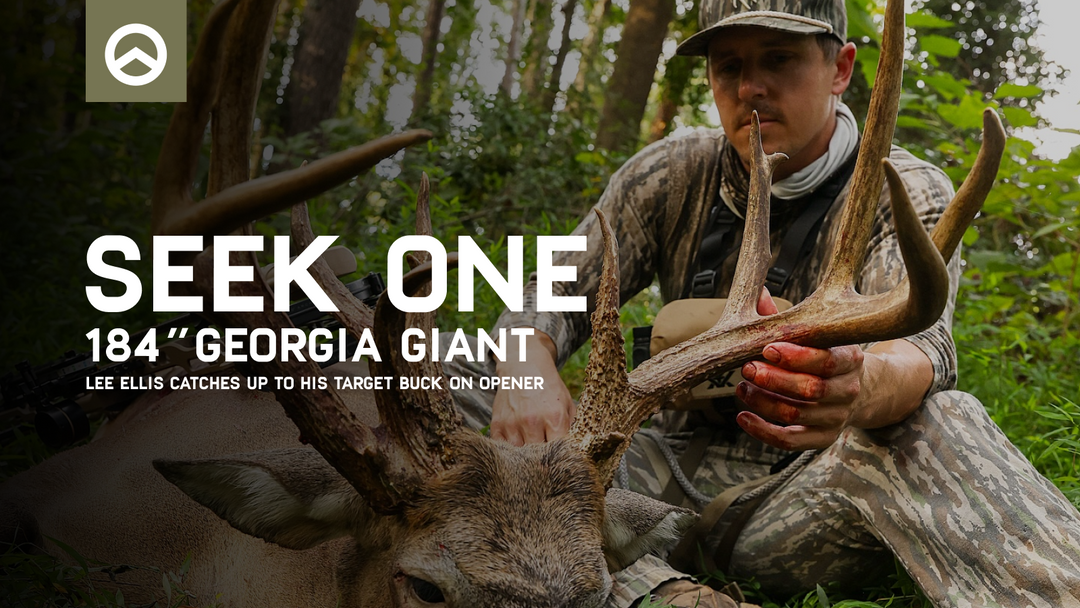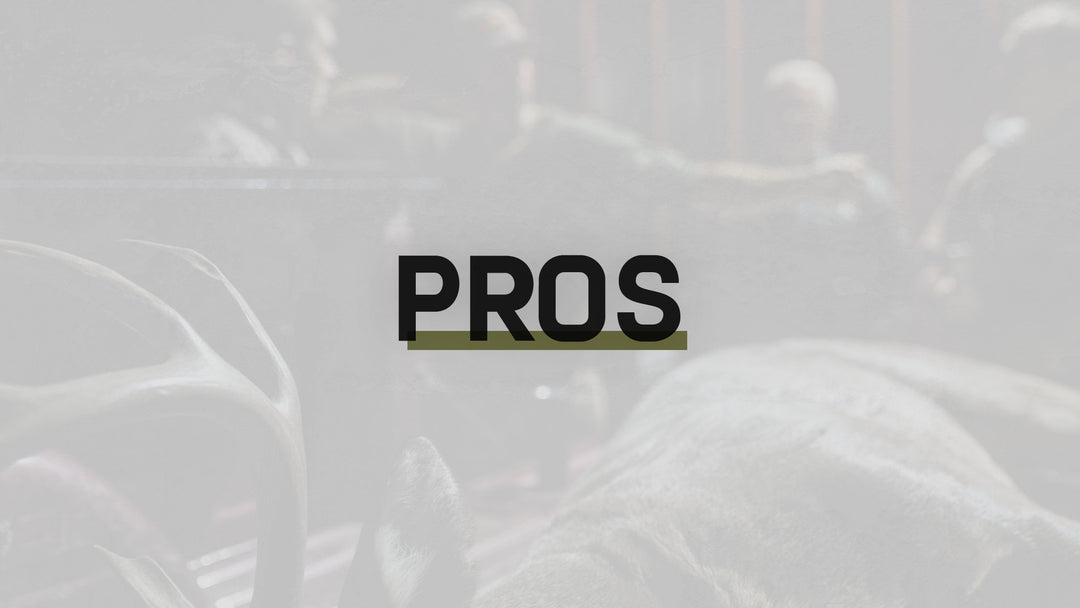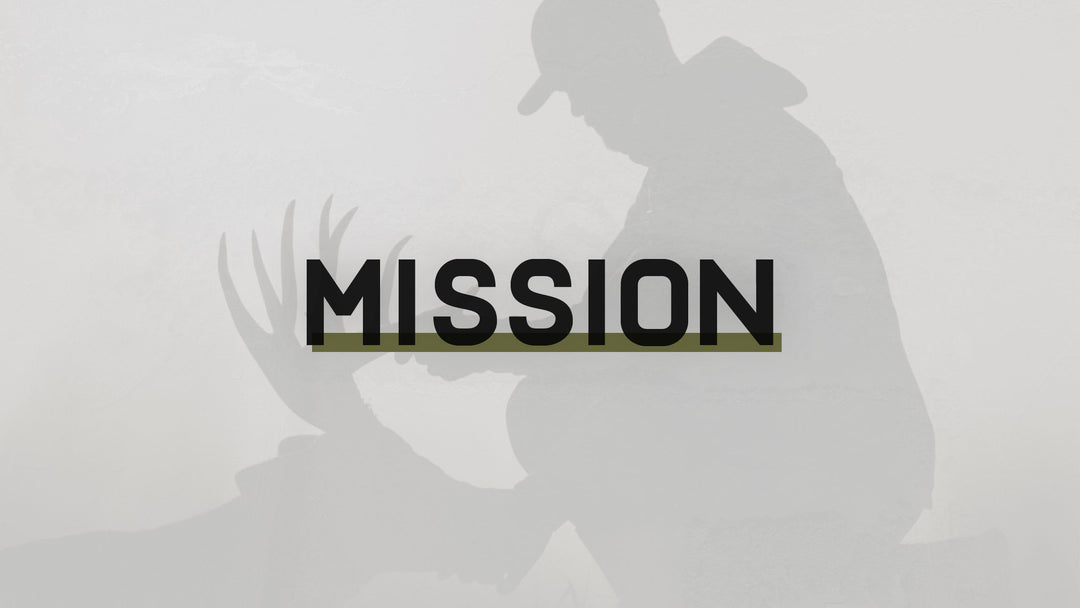Making The Most of An All-Day Rut Hunt

It’s here. It’s finally here. The time we’ve all been waiting for. We’ve made it to the rut. Now, I was very open in my last article about the fact that I prefer the pre-rut to the rut, hunting familiar bucks who have increased their daylight movement, and this year has continued to solidify my stance on that. I was able to capitalize the last week of October on a nice buck that I’ve had on camera several times just outside of a bedding area. I had moved a camera around a couple of scrapes over the last month, and on October 25th at 7:16AM, I stopped him at 13 yards as he was approaching one of them. I had come up with a plan to use an e-bike to come in the back door and catch him coming in, versus coming in the front and potentially bumping deer on my approach. The plan worked out nicely, but now that we’re into November, the strategy has to be different. We’re not talking about a morning or evening hunt. We’re not talking about buck bedding or rub lines. We’re talking about an hour and a half before sunup to 30 minutes after dark, sitting over the areas that are most likely to see cruising bucks at any time of day. The playbook is just different for that kind of hunt. It’s a lot of fun and full of excitement, but man can it be brutal. If planned well, it can lead to a fun day that ends with an encounter, but if not, it can be one of the most boring hunts of your season. So, let’s look at a few key ways to make the most of an all-day rut hunt.
Does Before Bros
This should go without saying, but during the rut, you’re not really hunting bucks anymore. You’re hunting does because that’s what the bucks are doing. You just want to be there when they show up. More specifically, you want to catch a buck cruising from one doe bedding area to another. This is where all your previous hunts come into play. You may have come off a lot of hunts this season frustrated that all you saw were a few does and smaller bucks, but this is when those sits are going to pay off. Seeing/bumping does throughout the season gives you a lot of intel into where they’re bedding and feeding. If you didn’t mark them on Spartan Forge at the time, it’s a great idea to pull up the map and start dropping pins where you have seen does first thing in the morning and just before dark. They may not have been bedded right where you saw them, but they likely weren’t bedded far off. Once you have them marked, you can figure that they were probably bedded close by in a thicker area, near water, or where they had a good wind advantage. If you can mark 3 or 4 areas like this on the map, you can start to get a bigger picture of where the does are bedding on that property. Then, it’s time to start looking at the terrain to see how bucks are most likely going to travel to and from each area.

Funnels, Pinch Points, and Security
You hear a lot about how deer are just as lazy as we are and how if there’s an easier path to get from point A to point B, deer will take. That’s true – to an extent – and that’s what we’re going to home in on during an all-day sit. Funnels and pinch points basically just provide the path that most deer will typically take when traveling from one area to another. This can be the top or bottom of a deep drainage or draw, a broken fence, or the gap between a fallen tree and the edge of a creek. Funnels do just that – funnel deer movement – while a pinch point serves as one specific location where deer must travel through to get where they’re wanting to go. You may have good funnels and pinch points that you’ve been hunting during the season, but not all work for the rut. Good rut funnels are found between doe bedding where security cover is also close by. On unpressured private land, some big bucks aren’t as apprehensive about traveling further from security, but on public, your highest odds are going to be sitting funnels in high stem count areas. These areas often don’t offer many shooting lanes if not pre-established, but they typically offer the highest odds of an eventful day as mature bucks and younger bucks come cruising through. If you have trouble finding these funnels and pinch points, just start with doe bedding or areas where you’ve seen lots of does and work backwards from there, looking for terrain features that make travel easier for deer, such as saddles. This is another time when leaning on your earlier hunts and observations is key. Where have you seen the heaviest trails. Oftentimes, heavy trails that are present throughout the season are there because they’re the preferred travel route for many deer in the area. If you look closely enough at their surroundings, you’ll often see there’s some terrain feature, log, fence, or drainage that encourages them to travel there.
Move When Necessary
When you think of an all-day rut hunt, you probably think about setting up shop in the same tree from sunup to sundown, and that’s a great idea when you’ve got a killer funnel between two bedding areas, but we don’t always have that figured out. Sometimes you’ve got doe bedding on the edge of your property. Sometimes they’re bedding across the property line. So, what then? Well, where have you seen them feeding back through the timber in the mornings? Where have you seen them come out in the evenings? Where have you seen bucks passing through the timber? Sometimes, all of those answers are different, requiring you to move mid-morning after does and/or bucks have passed through. Two years ago, I made this move after having 6 does walk under my tree without a buck in tow on their way back to bedding. Around 10:00AM, I moved to a spot I had previously seen many bucks cruising through as they worked off another property. At 1:05PM, I saw a buck heading from my property to the next about 100 yards away through the marsh, prompting me to tip over my doe-in-estrous can a couple times. 5 minutes later, I stopped him under 15 yards in front of me and let the arrow fly. Had I not moved, I may not have filled that tag.
Food Is Never Out of The Equation
Bucks may have one thing on their minds, but does still care about food, so if you’ve got food available that does are hitting morning or evening, it can serve as a great place to ambush a buck who’s scent-checking any and every doe he can find. Just remember that food plots, feeders, or natural browse in open areas aren’t great locations for an all-day sit. They’re best for morning or evening moves only.
It'll Be Over Before You Know It
There are many ways to get it done during the rut. Some are better and more efficient than others. But however you decide to skin that cat, just don’t do it halfway. With normal life soaking up most of our available time, the rut comes and goes quickly, so make sure you’re in a tree as much as possible. If you have the “perfect” rut funnel, pack loads of nutrient-dense snacks and water, stay confident, and stay put. On the other hand, if you don’t have a good all-day spot, setup in a good feed-to-bed route as close to bedding as you can feasibly get, then move downwind of doe bedding or to a tucked-away travel corridor around 10AM, then back to food for the evening. Either way, be in a tree somewhere you know that deer travel through, and be ready – it can happen fast.
Written by Alex Killman at Southeastern Bowhunting
